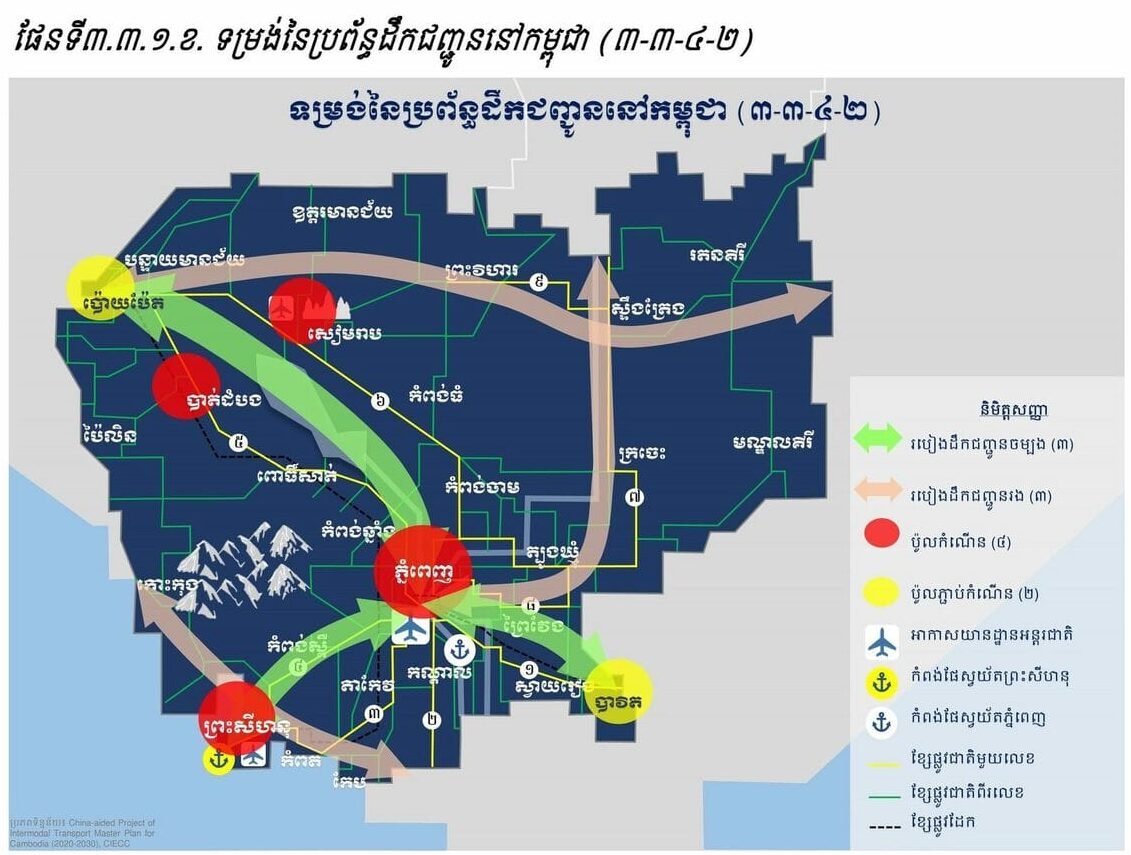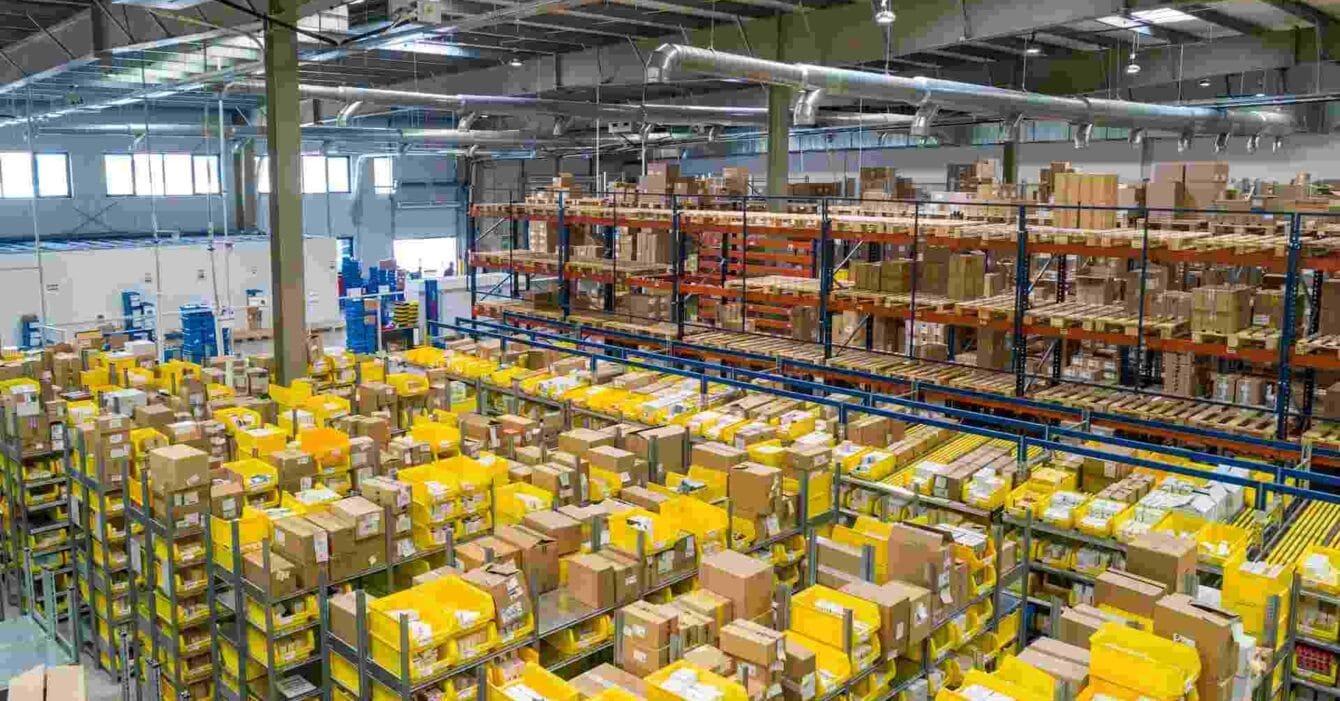Cambodia is making a bold move to reshape its logistics sector. In 2023, the government launched a $36.6 billion Comprehensive Master Plan for the Cambodian Transit and Logistics System (2023–2033). This plan includes 174 infrastructure projects that span roads, railways, waterways, air, sea, and logistics centers. It marks a major shift in Cambodia Logistics Infrastructure Development, aimed at turning the country into a regional logistics hub.

Cambodia Logistics Infrastructure Development: Roads Expansion & Connecting Regions
Cambodia’s road network has grown to 67,902 kilometers, including 12,380 km of provincial roads as of 2022. This expanded network is the backbone of national connectivity, linking cities, rural areas, and neighboring countries. The plan includes 94 road projects, ensuring better access across provinces and borders.
The strategy also features three major expressways:
Phnom Penh to Kep
Phnom Penh to Stung Treng
Ratanakkiri to Koh Kong
These expressways are expected to reduce travel time, support trade, and open up new investment zones.
Railways Reborn: Moving Freight and People
The rail sector is another key part of Cambodia’s logistics evolution. The two main lines—the North line (385 km) and the South line (257 km)—are undergoing major upgrades. These lines are already showing results.
Freight on the North line rose from 50,149 tons in 2019 to 289,381 tons in 2021. Passenger traffic also jumped from 2,214 in 2019 to 30,679 in 2022.
The plan includes four new high-speed railways, with one linking Cambodia to Vietnam by 2030, and others extending through 2050. These connections will play a major role in regional trade and mobility.
Read Also: The Untold Impact of Cambodia Infrastructure Connectivity
Waterways, Ports, and Air Logistics in Cambodia Logistics Infrastructure Development
Cambodia’s logistics strategy is truly intermodal. In addition to roads and rail, the plan includes:
23 waterway projects
20 sea transport upgrades
10 air transport developments
These projects are supported by 15 new logistics centers and 4 other infrastructure upgrades. The goal is seamless integration between all modes of transport, making cargo movement faster and more cost-effective.
Funding the Future
From 2023 to 2027, Cambodia plans to invest $3.985 billion in the short- to medium-term phase of this plan. Funding will come from the national budget, foreign aid, and public-private partnerships. This approach ensures sustainable financing while encouraging private sector participation.
Economic Gains and Market Growth
Cambodia’s logistics upgrades are not just about roads and rails—they’re about economic transformation. The logistics market is expected to grow from $1.99 billion in 2025 to $2.41 billion by 2030, with a CAGR of 3.95%.
The government projects GDP growth of 6.3% by 2025, reaching $51.39 billion, with per capita income at $2,924. Improved logistics and trade infrastructure are central to achieving these targets.
Cambodia Logistics Infrastructure Development: A Vision for Regional Leadership
Cambodia is positioning itself as a key player in Southeast Asia’s logistics network. By focusing on interconnectivity and efficiency, the country is becoming more attractive to manufacturers, exporters, and investors.
With new railways to Vietnam, upgraded expressways, and high-tech logistics hubs, Cambodia is moving beyond its landlocked limitations and stepping onto the global stage.
Read Also: Cambodia Construction Industry Growth: Expansion & Opportunities
The Cambodia Logistics Infrastructure Development plan is more than an investment in roads and ports—it’s an investment in the country’s future. With clear strategy, broad scope, and strong funding, Cambodia is laying the foundation for long-term economic growth and regional influence.
